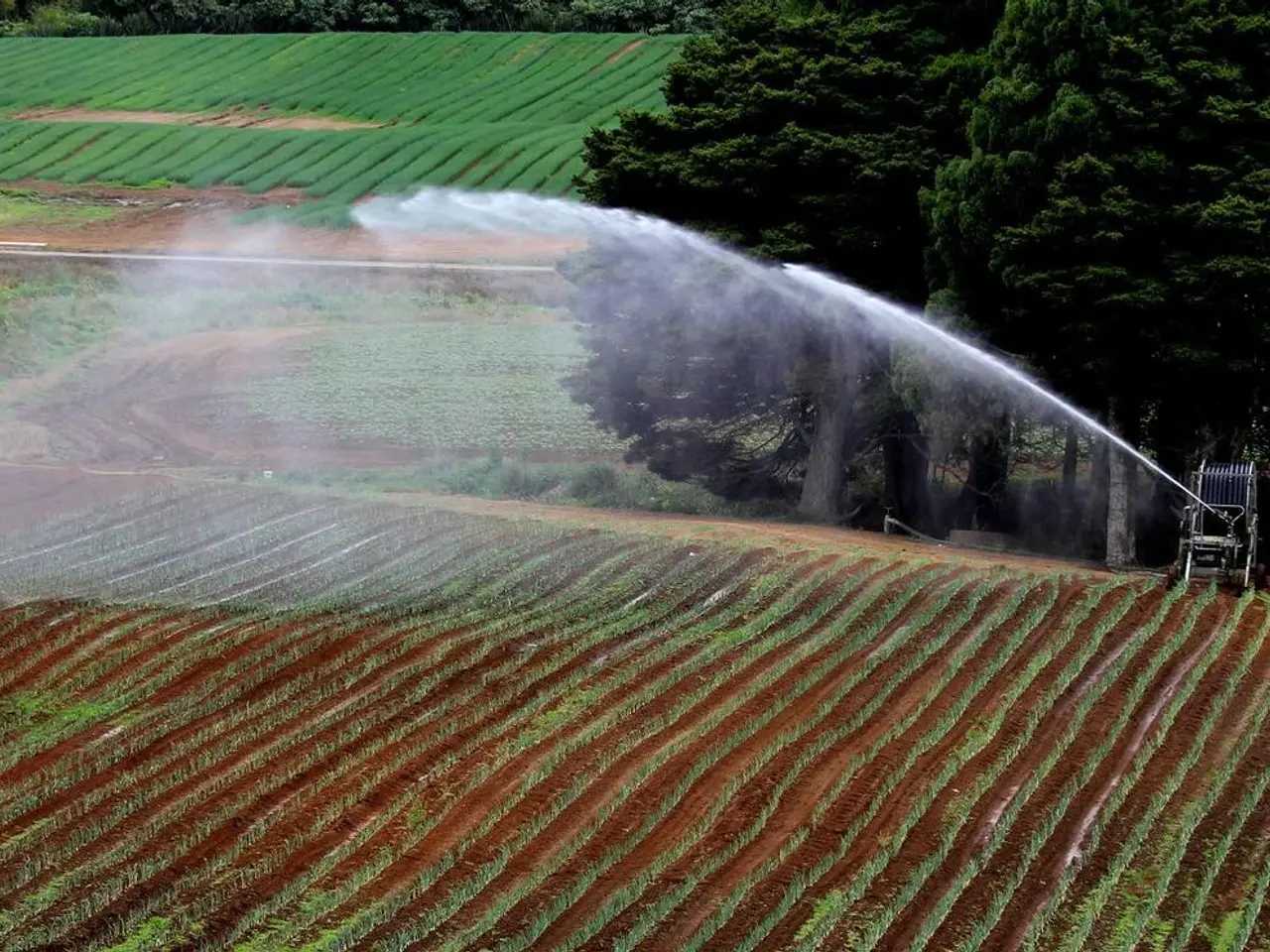Best Practices for Improving Soil Fertility by Soil Type
Varieties of Soil and Their Advantages for Vegetation Development
Improving soil fertility is a task that requires tailored strategies based on the unique properties of different soil types. This article outlines evidence-based best practices for sand, silt, clay, and peaty soils, drawing on current research and practical guidance.
General Principles
- Organic matter addition: Enhances nutrient retention, water holding capacity, and microbial activity across all soil types [2][3][5].
- Cover cropping and green manure: Protects soil, reduces erosion, adds organic matter, and (with legumes) fixes atmospheric nitrogen [1][3][5].
- Minimize soil disturbance: Reduces erosion, preserves soil structure, and maintains microbial communities [1].
- Crop rotation: Prevents nutrient depletion and disrupts pest and disease cycles [1][2].
- Soil pH adjustment: Corrects acidity or alkalinity to optimize nutrient availability [1][2].
Soil-Specific Strategies
| Soil Type | Main Challenges | Best Improvement Practices | |-----------|----------------------------------|-------------------------------------------------------------------------------------------------------------| | Sand | Low nutrient & water retention | Frequent organic matter addition (compost, manure)[5]; cover crops to prevent erosion and add biomass[3]; mulching to conserve moisture[2][3]. Consider drip irrigation for efficient water use. Avoid over-tilling to prevent nutrient leaching. | | Silt | Moderate fertility, prone to compaction | Regular incorporation of organic matter; cover cropping to maintain structure and prevent crusting[3]; avoid heavy machinery on wet soil. Maintain crop rotation to sustain nutrient levels[1]. | | Clay | Poor drainage, compaction | Add organic matter to improve aeration and drainage[2][5]; cover crops (especially deep-rooted species) to break up compaction[3]; limit traffic on wet soil. Consider raised beds in gardens. Adjust pH if needed, as clay often becomes acidic[1][2]. | | Peaty | High organic content, often acidic, poor structure | Lime to correct pH if too acidic[1]; avoid over-draining to prevent rapid decomposition; add mineral soil or sand to improve structure. Crop rotation to balance nutrient use. Avoid excessive tillage to preserve organic matter[1]. |
Advanced and Sustainable Techniques
- Biochar: Enhances water retention and nutrient availability, especially in sandy soils [4].
- No-till or reduced-till farming: Preserves soil structure and organic matter, beneficial for all soil types but especially critical in sandy and peaty soils [1][3].
- Earthworm introduction: Improves aeration and nutrient cycling, particularly in compacted or heavy soils [5].
- Terracing and contour planting: Reduces erosion on slopes, important for silty and sandy soils [1].
- Strategic fallow periods: Allows soil recovery, especially in intensive systems [1].
Summary
All soils benefit from increased organic matter, reduced tillage, and thoughtful crop rotation. However, sandy soils require more frequent organic inputs and moisture conservation, clay soils need aeration and drainage improvements, silt soils benefit from structure maintenance, and peaty soils require pH management and careful water control. Cover cropping, composting, and pH adjustment are universally effective, but their implementation should be fine-tuned to each soil’s specific needs for optimal fertility and productivity [1][2][3].
Peaty soil, a type of soil rich in organic matter, originating from wetlands, can have high acidity levels that may limit the variety of plants that can grow successfully.
- Incorporating peaty soil into home-and-garden settings, especially when it comes to gardening, necessitates lime application to correct any high acidity levels, ensuring a more diverse plant life can thrive.
- To maximize productivity, it's essential to manage water control carefully when dealing with peaty soils, as they originate from wetlands and may be prone to rapid decomposition if over-drained.





